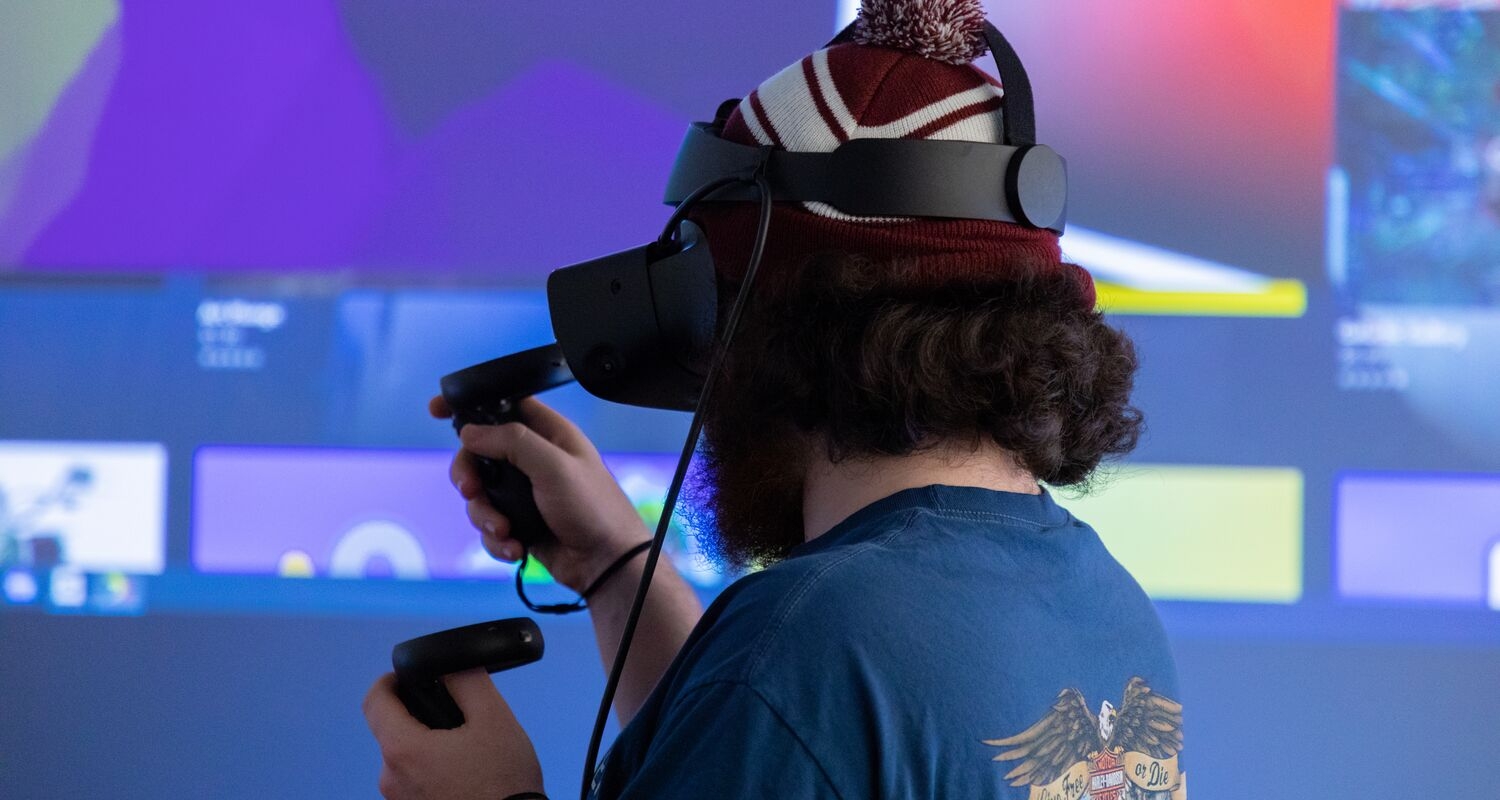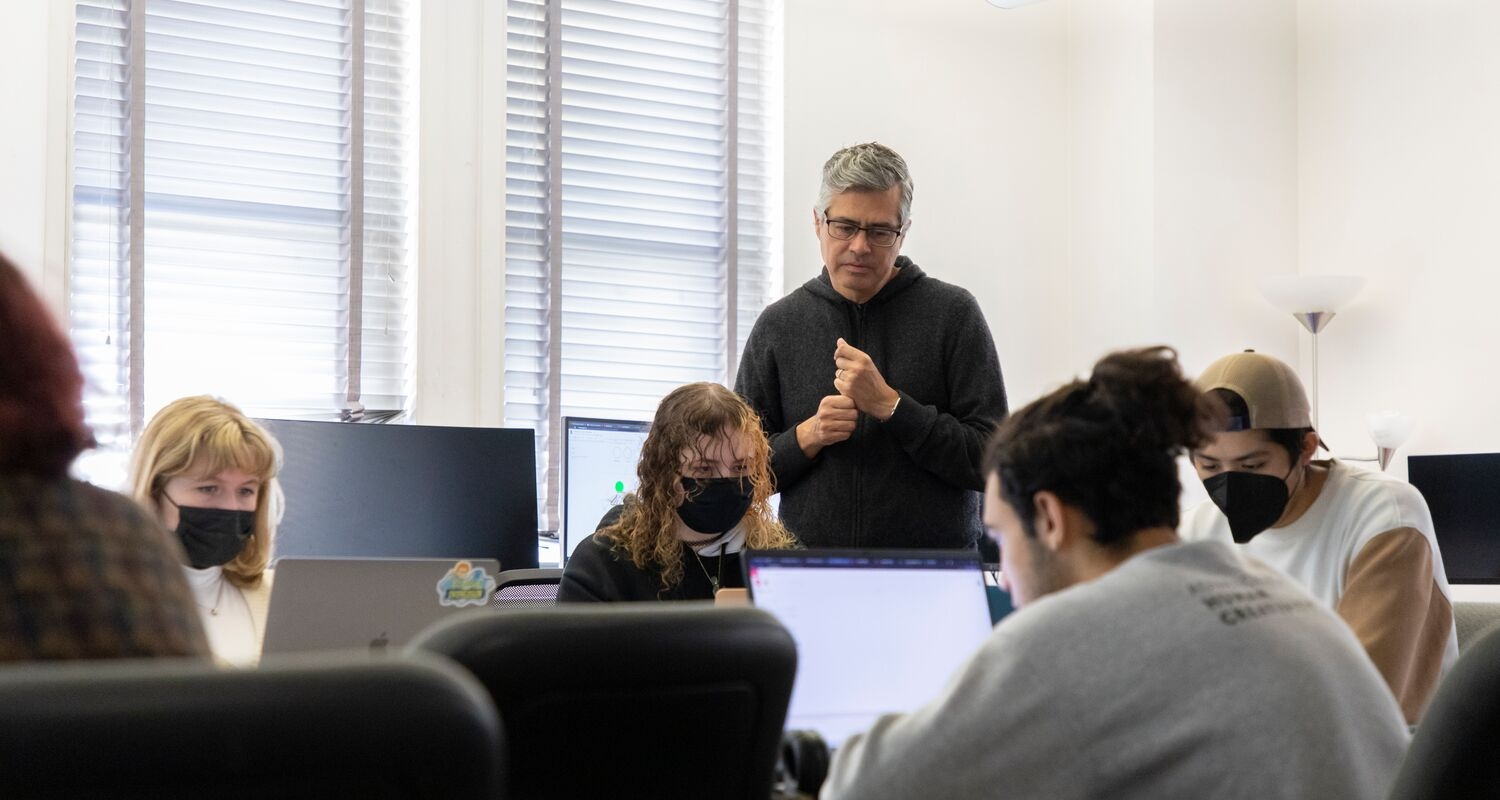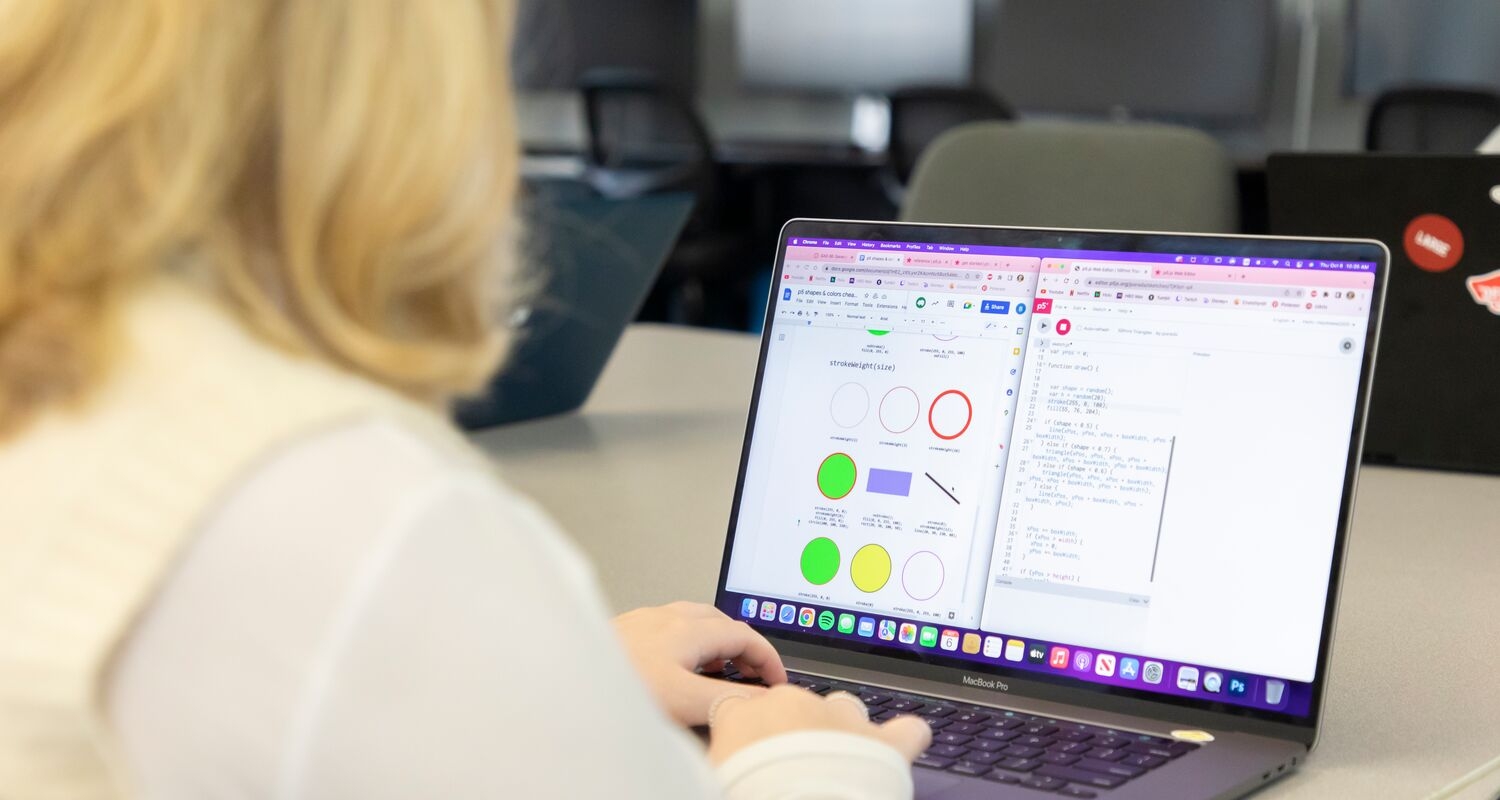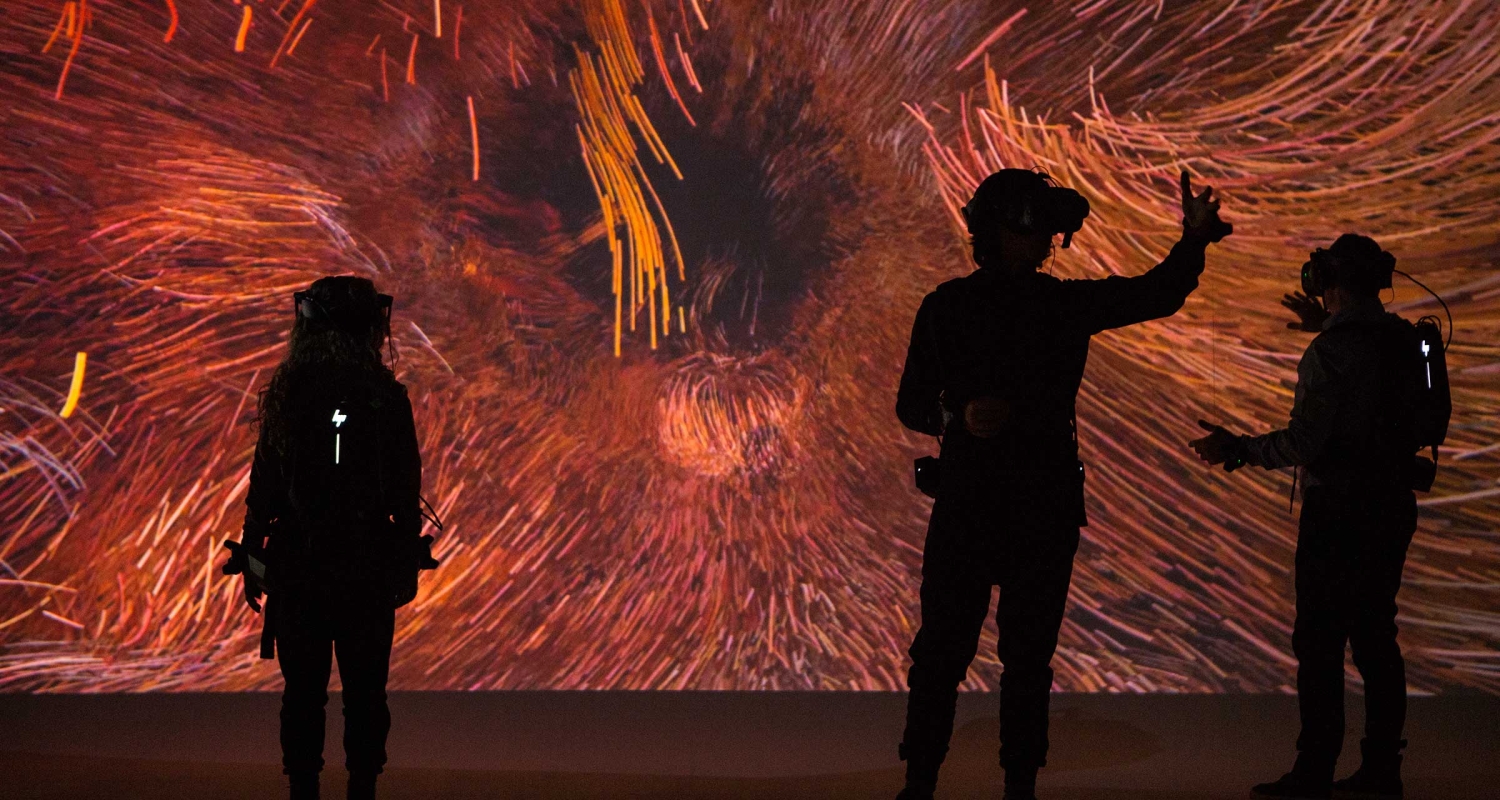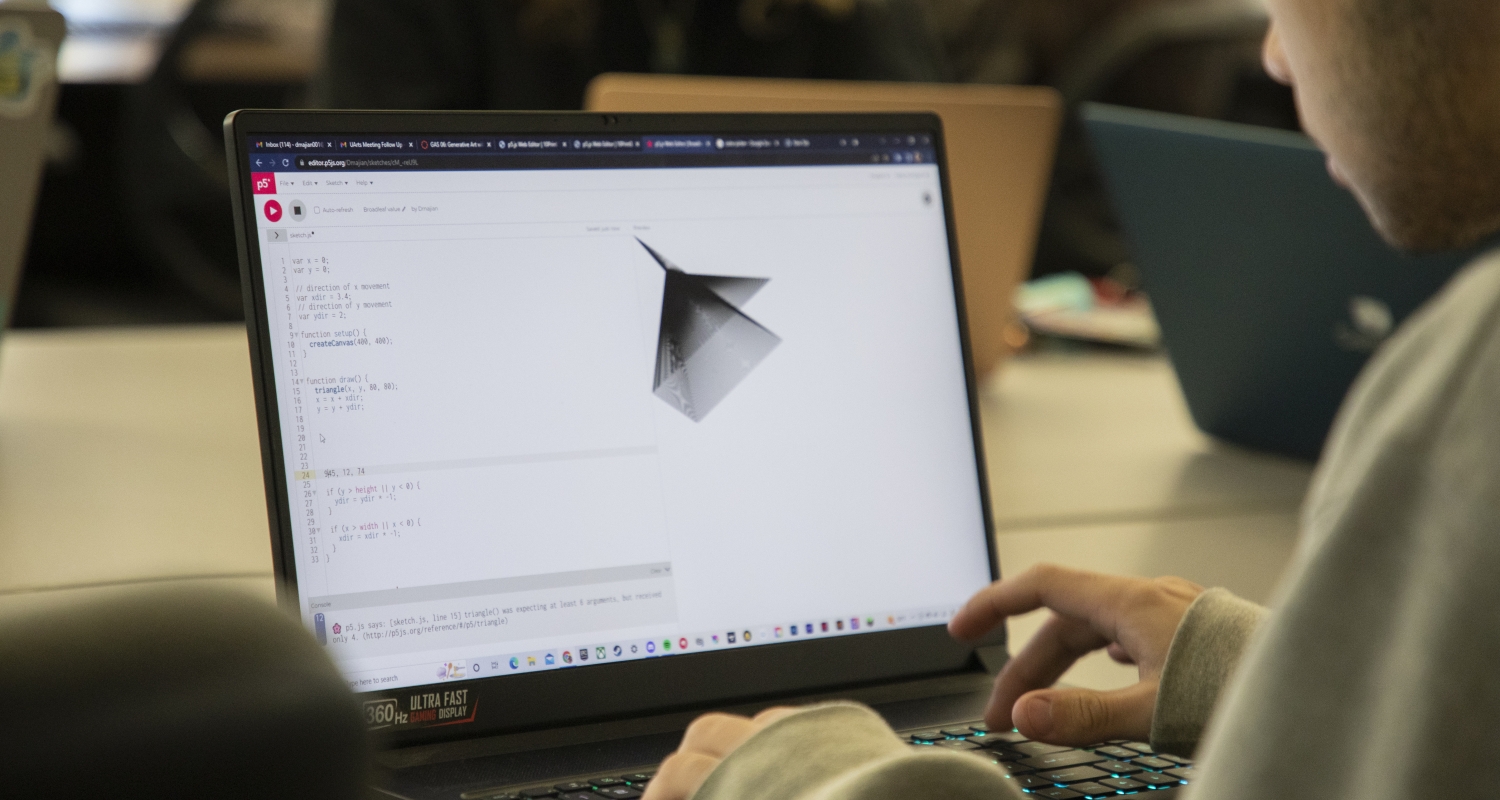Interaction Design (BFA)
Our digital world is brimming with interfaces and experiences that focus on user interaction such as websites, mobile applications, software and even physical objects. The key to our modern digital world is understanding the way humans interact with technology.
The Bachelor of Fine Arts (BFA) in Interaction Design (IxD) at University of the Arts offers a broad, interdisciplinary academic curriculum that integrates technology with an experimental approach to making meaningful experiences for users. This BFA program is focused on the future!
As an Interaction Design student, you will learn
-
web and mobile design and development;
-
user interface (UI) and experience design (UX);
-
computer programming to create art and experiences;
-
physical computing;
-
Internet-enabled devices, ie Internet of Things (IoT) technologies;
-
to experiment with technology and the trends of tomorrow - such as blockchain and Artificial Intelligence (AI).
Are you a designer, but unsure of which major to pick? The School of Design’s General, Undeclared program is a first-year option for new Design students.
Overview
The bachelor's program was developed as an integrated part of the School of Design where you can also explore Graphic Design, Illustration, Product Design and Museum Exhibition Planning and Design. You’ll have access to facilities and resources that round out your design projects, including the Center for Immersive Media, and the Albert M. Greenfield Makerspace.
The program’s curriculum combines creativity with technology and integrates technical skills with critical thinking, content strategy, project management skills, problem-solving and design. This program is for designers, makers, tinkerers and producers who value interdisciplinary exploration and versatility — those with both conventional and nontraditional perspectives and approaches to technology.
Students graduating from the Interaction Design program will be able to succeed in the evolving field of interaction design. Delivering diverse and adaptable skills, the program equips graduates to address a wide range of 21st-century challenges and growing opportunities in the creative economy. With the skills, knowledge and connections developed in the program, graduates will be able to secure a range of professional positions.
Explore Student and Faculty Work
From projection mapping to web sites and media art, Interaction Design students work with all aspects of design and technology.
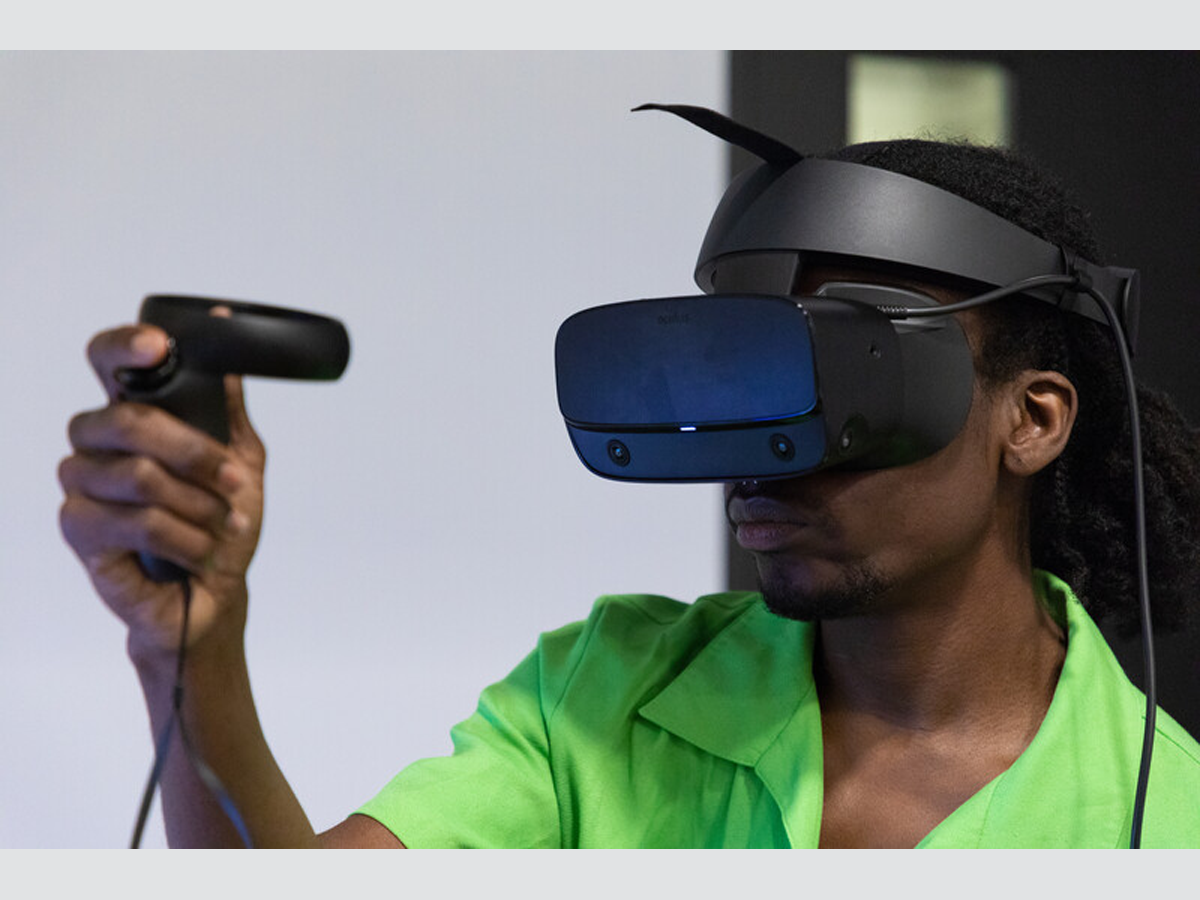
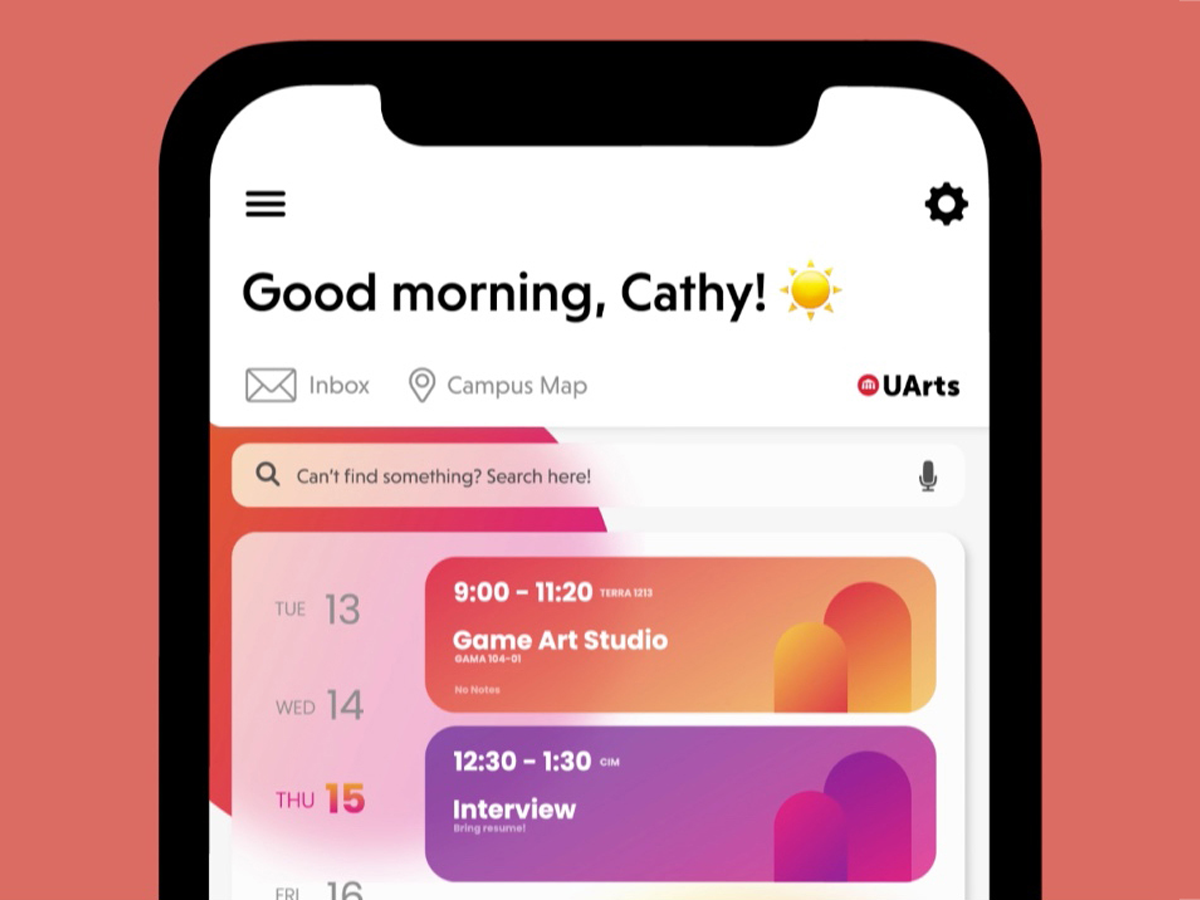
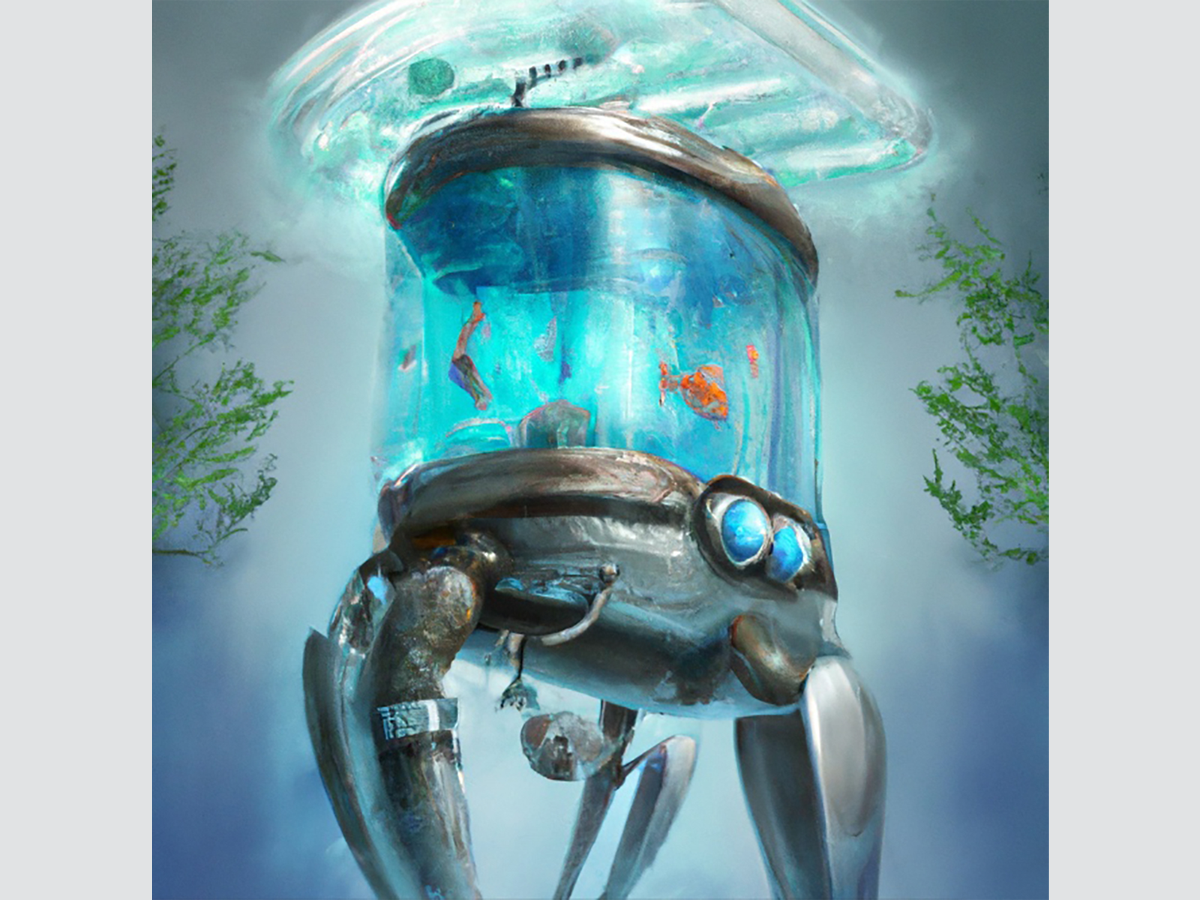
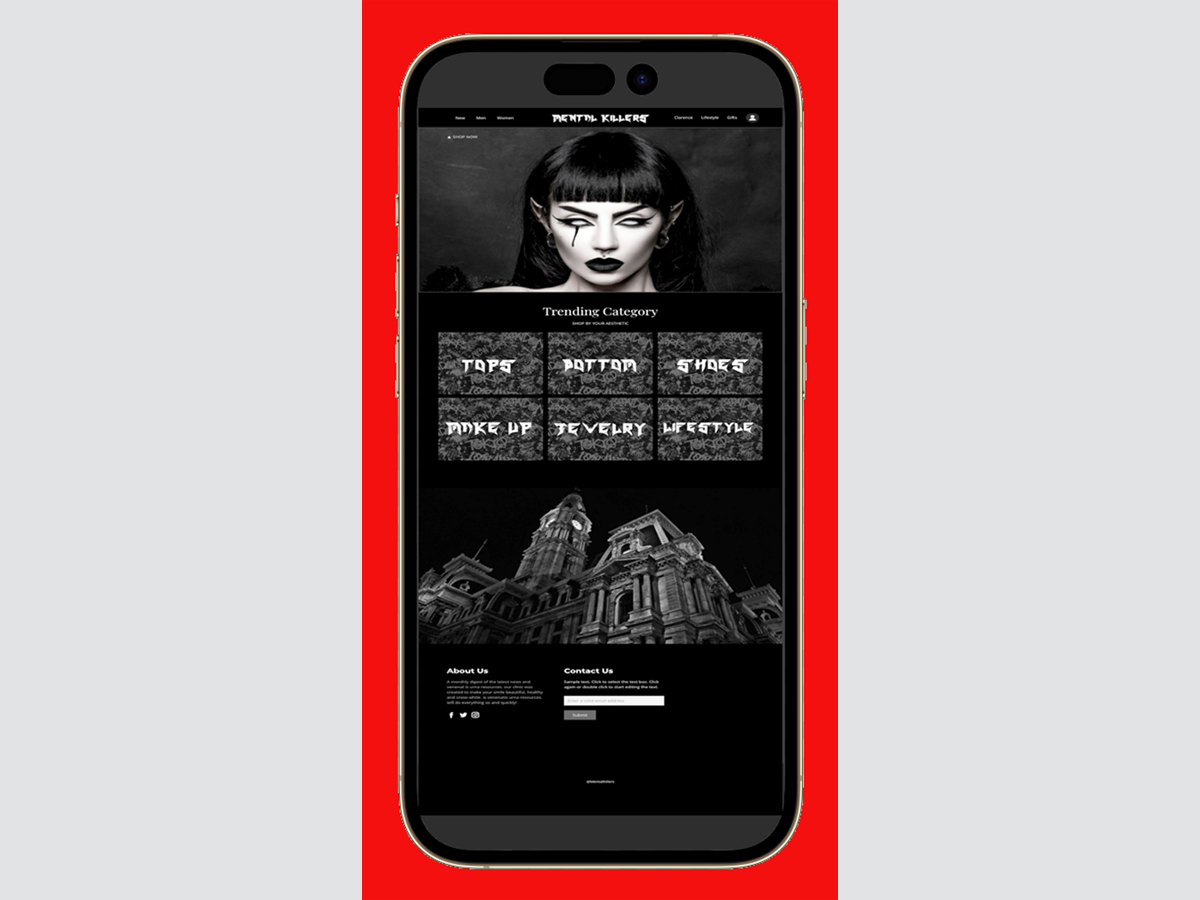
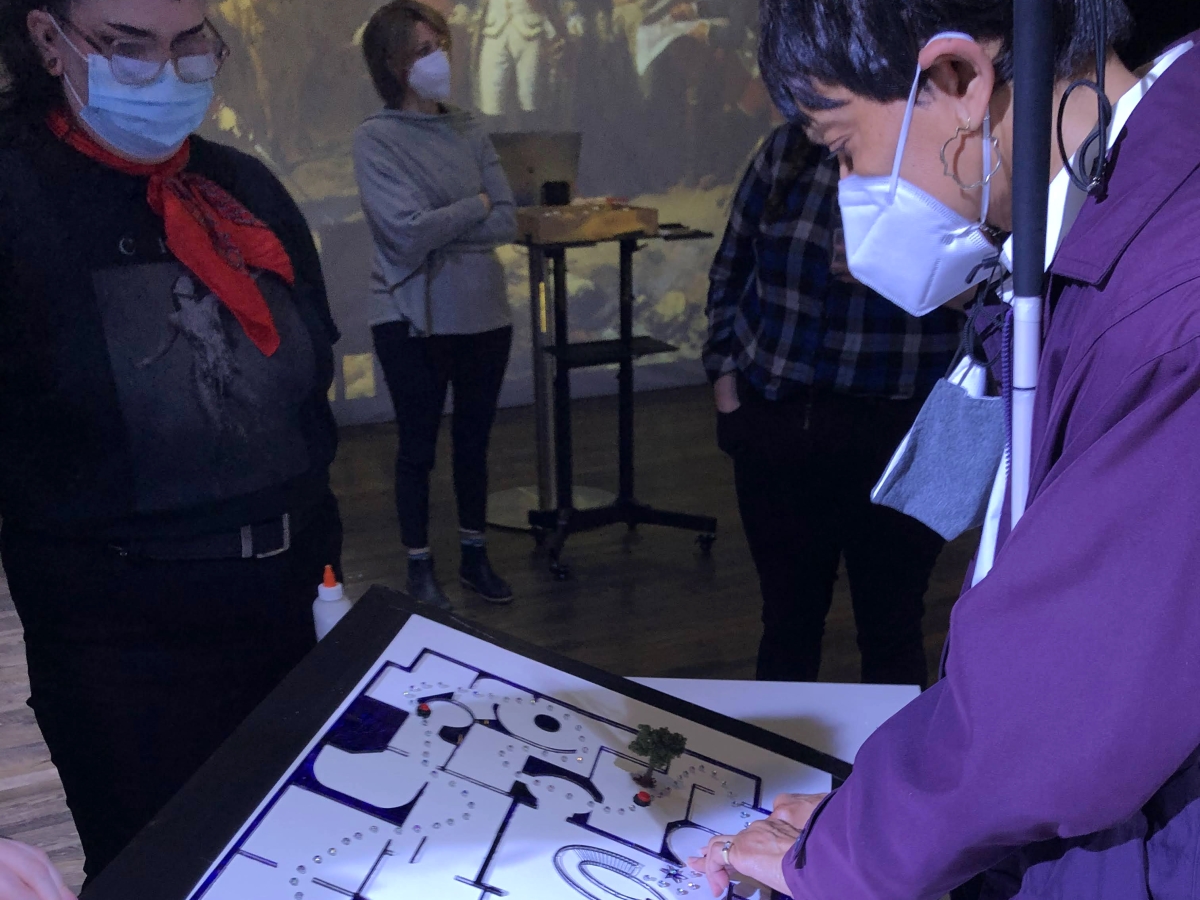
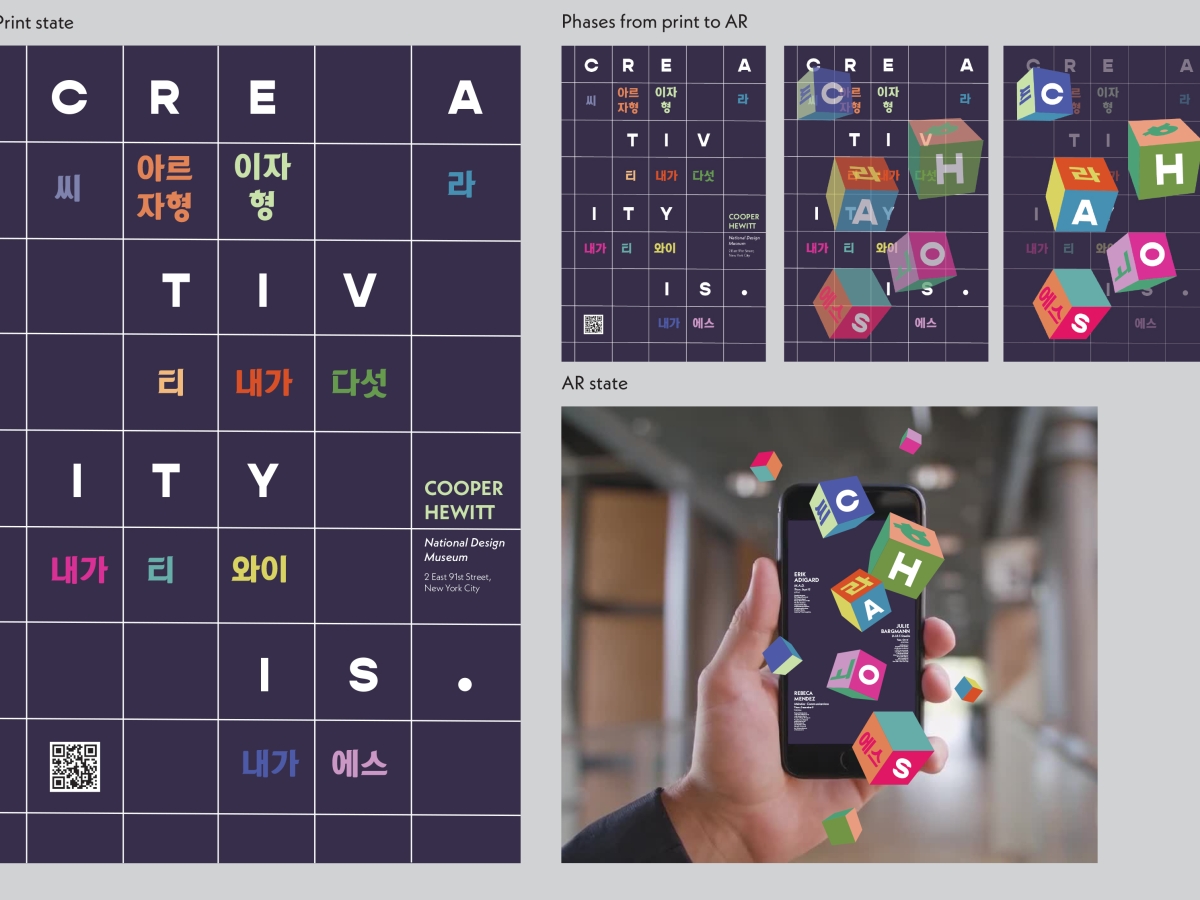
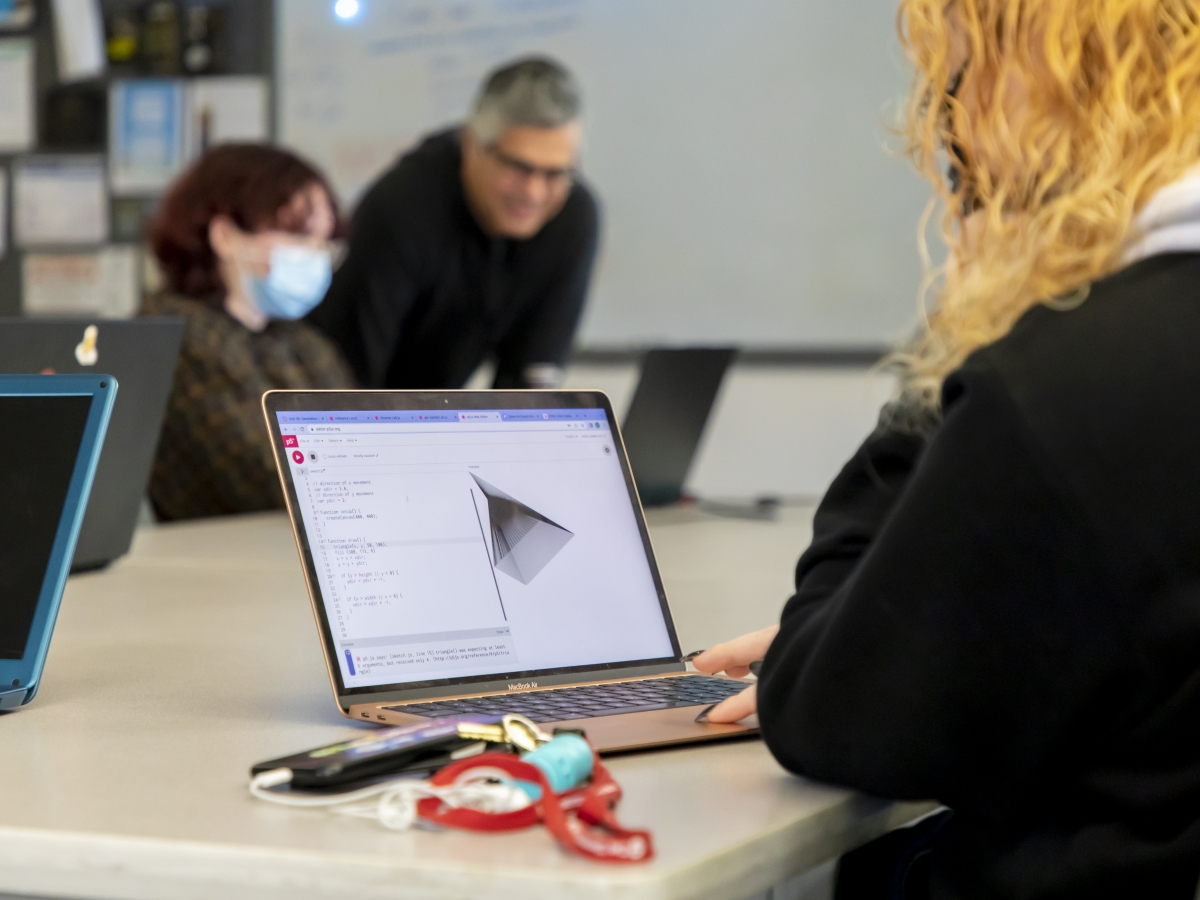
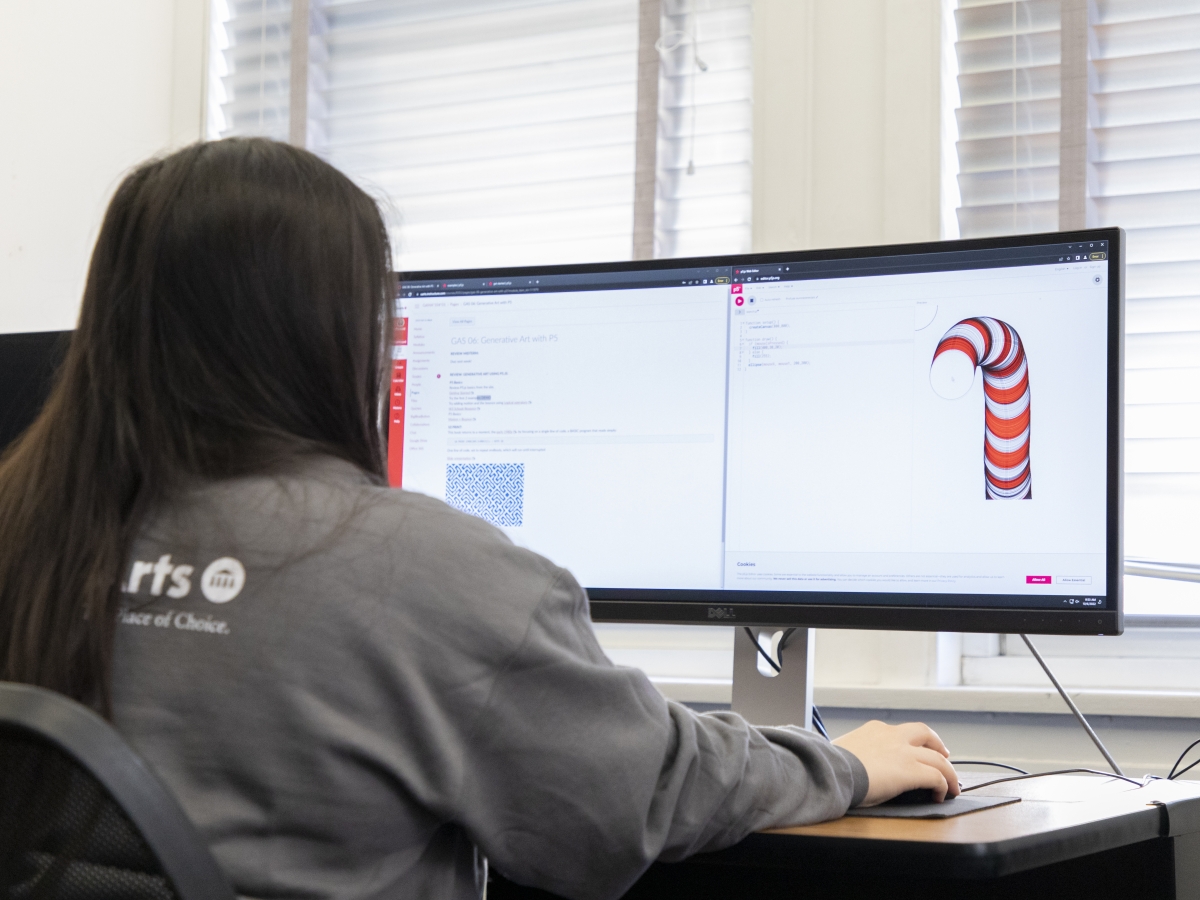
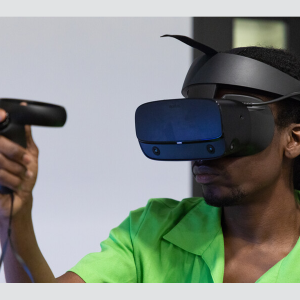
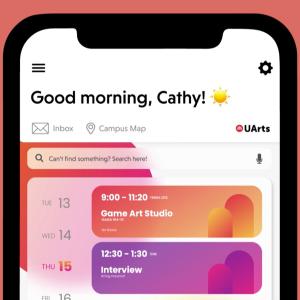

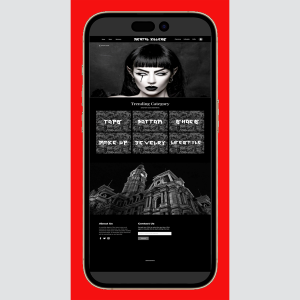
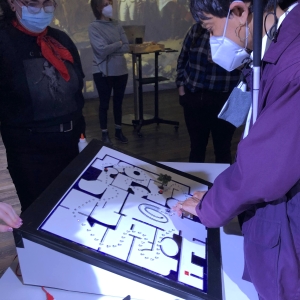
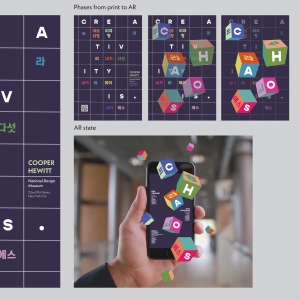
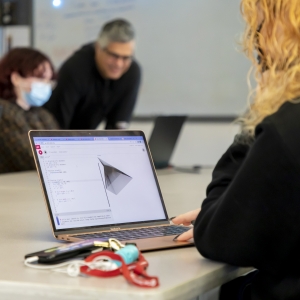
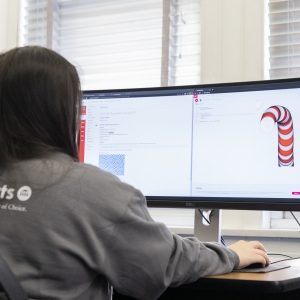
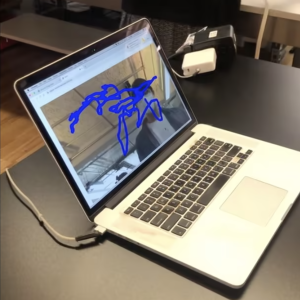


Explore the work and experience of UArts Interaction Design students and faculty.


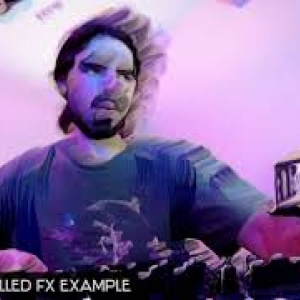
Tyler Bell is a multi-disciplinary artist with a passion to create and experiment. Tyler is primarily focused on abstract motion design, real-time generative art, immersive installations and live visual art performances.
Liftoff! is the spring exhibition for the School of Design, showcases student work from our four programs: Graphic Design, Illustration, MDes in Product Design, and MFA in Museum Exhibition Planning and Design. Each year, it takes place in Philadelphia’s Center for Architecture.
With support, expert knowledge and instruction provided by exceptional faculty and staff, UArts School of Design students create work that distinguishes them as artists and designers of the highest caliber. This online exhibition marks not the end of our students’ academic years but the beginning of their professional careers.
About the Curriculum
When you look at your smartphone and scroll through your apps, do you ever wonder how they are created? Or when you visit your favorite website, or put on a smartwatch? These are all examples of interaction design, and it shapes our everyday lives. They're all created by interaction designers, who focus on the experience of the end user and ways to improve our world through design.
Interaction design, often abbreviated as IxD, is a form of design focused on developing interactive experiences in digital spaces, although there are examples of physical spaces that can be optimized with this same theory. The Interaction Design BFA program will cover key concepts, skills, theories and practices critical to IxD, setting up students for success in the field.
Students graduating with a BFA in Interaction Design will be able to
- demonstrate knowledge of designing and producing digital interaction projects in either 2-D, virtual space or physical space;
- manage and execute interactive digital projects through the application of a process that includes research, usability and documentation while integrating design thinking and technical development;
- show a solid understanding of basic design concepts through the development of user interfaces;
- practice proven methods to master the different programming languages required for interactive development;
- practice using different tools in the Albert M. Greenfield Makerspace and the Center for Immersive Media, in order to conceptualize and develop physical interaction design projects and immersive experiences using motion capture and virtual reality;
- prepare for a career in interaction design by understanding the future in terms of the “internet of things.”
The School of Design Core — courses taken by all Design students — promotes peer interaction and encourages cross-disciplinary activity. You’ll learn key principles of design, making, thinking, marketing and business that will help you build a solid knowledge base for further study in Interaction Design.
Sample Courses in the Interaction Design Major
Total Credits: 120
Duration: 4 years, full-time
Major requirements: 45 credits
School of Design core courses: 24 credits
Discipline history: 12 credits
Critical Studies**: 30 credits
Free electives: 9 credits
Fall: 16.5 credits
Design Process, Theory & Communication (3 credits)
Drawing as Seeing (3 credits)
Digital Design Lab (3 credits)
Writing I Placement (3 credits)
Critical Studies** (3 credits)
Free elective (1.5 credits)
Spring: 15 credits
Drawing as Thinking (3 credits)
Design Studio (3 credits)
Writing II Placement (3 credits)
Art History (3 credits)
Free elective (3 credits)
Fall: 16.5 credits
Markup & Scripting I (1.5 credits)
Intro to Interaction Design (3 credits)
School of Design course (3 credits)
Design for Persuasive Visual Communication (3 credits)
Art History (3 credits)
Critical Studies** (3 credits)
Spring: 15 credits
Markup & Scripting II (1.5 credits)
Making Interaction (3 credits)
Web Design I (3 credits)
Design History (3 credits)
Critical Studies** (3 credits)
Free elective (1.5 credits)
Fall: 15 credits
Intro to Business & Prep for Creative Practice (3 credits)
Mapping the World (3 credits)
User Interface Design (3 credits)
School of Design course (3 credits)
History of Media & Technology (3 credits)
Spring: 15 credits
Web Design II (3 credits)
ODR selection* (3 credits)
Critical Studies** (3 credits)
Critical Studies** (3 credits)
Free elective (3 credits)
Fall: 15 credits
Professional Practice (3 credits)
Creative Computing (3 credits)
Senior Thesis I (3 credits)
ODR selection* (3 credits)
Critical Studies** (3 credits)
Spring: 13.5 credits
Senior Thesis II (3 credits)
The Internet of Things (3 credits)
Critical Studies** (3 credits)
Critical Studies** (3 credits)
Free elective (1.5 credits)
Explore the Full Curriculum
What You’ll Do First
In our first-year Design Core, you’ll be creating, designing, illustrating and making from day one–unlike many other art schools–and you’ll be taking a series of courses taken by every first-year Design student. These courses provide a solid foundation in design theory, critical thinking, visual communication, design technology and working together. You’ll also explore innovation in UArts’ Makerspace and Center for Immersive Media.
Learn more about the first-year Design Core.
Faculty Spotlight
Alumni & Careers
Career Opportunities
The Interaction Design program prepares graduates for careers including
- Interaction designer (IxD)
- User experience (UX) designer
- User interface (UI) designer
- Web designer, mobile designer
- Extended reality (XR) developer
- Information architect (IA)
- Creative technologist
- Computer programmer
- Content strategist
- Interaction artist
Our alumni have started their own firms and worked at top design studios, including Field.io, P’unk Ave, Apostrophe CMS, and Marshmallow Laser Feast.
As a UArts Interaction Design graduate, you will know how to employ technology to develop meaningful concepts, and generate compelling interactive design narratives and solutions.
Alumni Spotlight
Facilities
Center for Immersive Media
UArts’ Center for Immersive Media (CIM) is a 5,600-square-foot facility dedicated to exploring the fields of virtual and mixed reality, performance motion-capture, and human-computer interaction. The space includes
optical motion capture system for full body performance capture and location-based VR applications;
- a four-channel audio system, multiple video projectors and lighting, as well as a control station;
- 16-station computing classroom with PCs optimized for real-time graphics rendering; and
- two large project rooms with ceiling grids for development of installations and virtual environments.
The Albert M Greenfield Makerspace
The Makerspace is a 3,500-square-foot digital and traditional fabrication studio that brings together the entire university community and serves as a catalyst for the collaboration, experimentation and innovation that are characteristic of UArts. The space houses state-of-the-art digital and analog equipment that allows students to create virtually anything they can imagine.
It is outfitted with
- a ShopBot PRSAlpha9648 CNC Router;
- a Roland MDX540A four axis CNC Mill with ATC;
- a printed circuit board (PCB) and decal printers;
- two NextEngine 3-D scanners for small objects;
- two laser cutters/engravers, which can cut wood, acrylic, leather, fabric, paper, etc.;
- four Ultimaker 3, 3-D printers, with both PLA and ABS plastics, which are able to build up to 7.5 x 8.5 x 8 in.;
- a ProtoMax waterjet cutter with a 12 x 12 in. working area that can cut any material up to 1 in. thick (even steel);
- a four-color Janome digital embroidery machine;
- four electronic soldering stations and a PCB printer; and
- four Windows-based workstations that are available for anyone to use.
Events
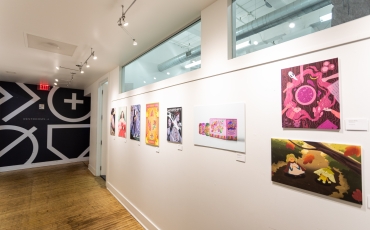
Liftoff!
Liftoff! is the spring exhibition for the School of Design. It showcases student work from Graphic Design, Illustration, Product Design, and Museum Exhibition Planning and Design.
Scholarships & Financial Aid
UArts recognizes the extraordinary talent of our students through a range of merit-based scholarships. All applicants are automatically considered for such scholarships—no special application is necessary.
Nearly 80 percent of UArts’ undergraduate students enrolled on a full-time basis are eligible for some type of need-based aid. Additionally, some scholarship opportunities take need-based criteria into account. All students who are U.S. citizens or eligible non-citizens and are enrolled in a degree program are encouraged to apply by completing the Free Application for Federal Student Aid (FAFSA).
We encourage students to complete the FAFSA by March 15, if possible.
Many students and families have encountered technical challenges while trying to complete the FAFSA this year. If this is the case for you, continue to utilize the FAFSA support resources until your issue is resolved. UArts will ensure that all admitted students who file the FAFSA are eligible for the same institutional funding to support your costs.
How to Apply
UArts offers recommended priority deadlines; students who apply and submit all required materials by the priority deadline will receive first consideration for scholarship aid from UArts. Applications received after the priority deadline will be reviewed on a rolling, space-available basis.
International students requiring an F-1 visa for study in the U.S. might be subject to earlier deadlines to provide time for completion of the visa process. Contact Admissions for guidance if you are an international student who wishes to apply after the priority deadline (Feb. 15, 2023).
Spring 2024 priority deadline: Oct. 15, 2023
Fall 2024 priority deadline: Feb. 15, 2024
We cannot accept spring 2024 applications after Jan. 8, 2024, and cannot accept fall 2024 applications after Aug. 16, 2024.
We encourage students to complete the FAFSA by March 15, if possible.
Many students and families have encountered technical challenges while trying to complete the FAFSA this year. If this is the case for you, continue to utilize the FAFSA support resources until your issue is resolved. UArts will ensure that all admitted students who file the FAFSA are eligible for the same institutional funding to support your costs.
The following materials are required for your application.
-
The application includes two required short-answer questions: What excites you about UArts? What inspires you?
If you qualify for a fee waiver from NACAC, CollegeBoard, UArts or another source, indicate that on your application. If the cost of the application fee is a barrier, contact Admissions to request a fee waiver code
- Official transcripts must be sent directly from your school by mail, email or a secure electronic document-delivery service.
- International transcript requirements
- If you’ve attended high school outside the U.S., read the additional guidelines for international transcripts.
- Transfer student transcript requirements
- High school transcripts may be waived for transfer applicants who have completed a minimum of 24 credits of college-level coursework, including a minimum of 18 academic, non-studio credits.
- Official college transcript(s)
- Official transcripts must be sent directly from all the colleges you have attended by mail, email or a secure electronic document-delivery service.
- If you’ve attended college outside the U.S., you are required to have an official course-by-course evaluation of your college coursework sent to UArts. Additional guidelines for international transcripts are available.
A portfolio is required for all Art, Design, Film and Writing programs. Your portfolio may be uploaded during the application process or via your applicant status portal after submission. You must confirm when your submission is complete via the linked electronic form before your portfolio can be reviewed for admission. View a full list of portfolio requirements by program.
Letters of recommendation from teachers or mentors are optional and may be submitted by the recommender via email to undergradcredentials@uarts.edu or by your high school through a secure electronic document-delivery service.
Apply Now
FAQ
Frequently asked questions about the Interaction Design BFA program.
An interaction designer focuses on creating user-friendly and intuitive experiences for digital products and services. They design the way users interact with interfaces, considering factors such as user needs, usability, aesthetics and overall user experience.
To become an interaction designer, it is beneficial to pursue a degree in interaction design, human-computer interaction or a related field. Additionally, gaining practical experience through internships, portfolio design and exposure to software tools are important steps towards becoming an interaction designer.
Interaction design is a growing field with increasing demand for professionals who can create seamless and engaging user experiences. As technology continues to evolve, the need for skilled interaction designers is expected to remain high, making it a promising career choice for individuals passionate about user-centered design and digital experiences.
Interaction design focuses on designing the overall user experience, including the way users interact with digital interfaces and systems. UI design (user interface design), on the other hand, is more focused on actual interactivity on webpages, such as buttons and typography. While UI design is part of interaction design, interaction design encompasses a broader scope of designing the entire user experience.
About the School of Design
University of the Arts’ School of Design redefines what it means to educate a 21st century designer. We celebrate the reality that the boundaries between all sorts of contemporary design practices are more open than ever before and that a modern designer needs a greatly expanded skill set at their disposal. With this new reality in mind, the School of Design initiates innovation and empowers you to pursue your passions, build core values, broaden your design exposure and become a design leader of the future.
The School of Design strongly believes in collaboration, self-expression and professional preparation through its undergraduate programs in Graphic Design and Illustration, with Product Design and Interaction Design launching in 2023. The School of Design consists of programs that work together, providing depth in your discipline while expanding your understanding of design. This academic model best prepares you to respond flexibly to change and future career opportunities.
Get Started

Start your application
Begin your application today. Our admissions team will help you throughout the process.
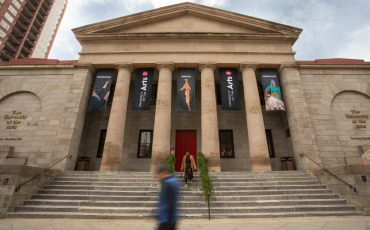
See UArts for yourself
The best way to get to know UArts is by visiting our campus in person. Come see a show, visit a gallery, and get to know the neighborhood.

Not sure where to start?
We're glad you want to learn more. Our admissions team is happy to send additional information about our school.

